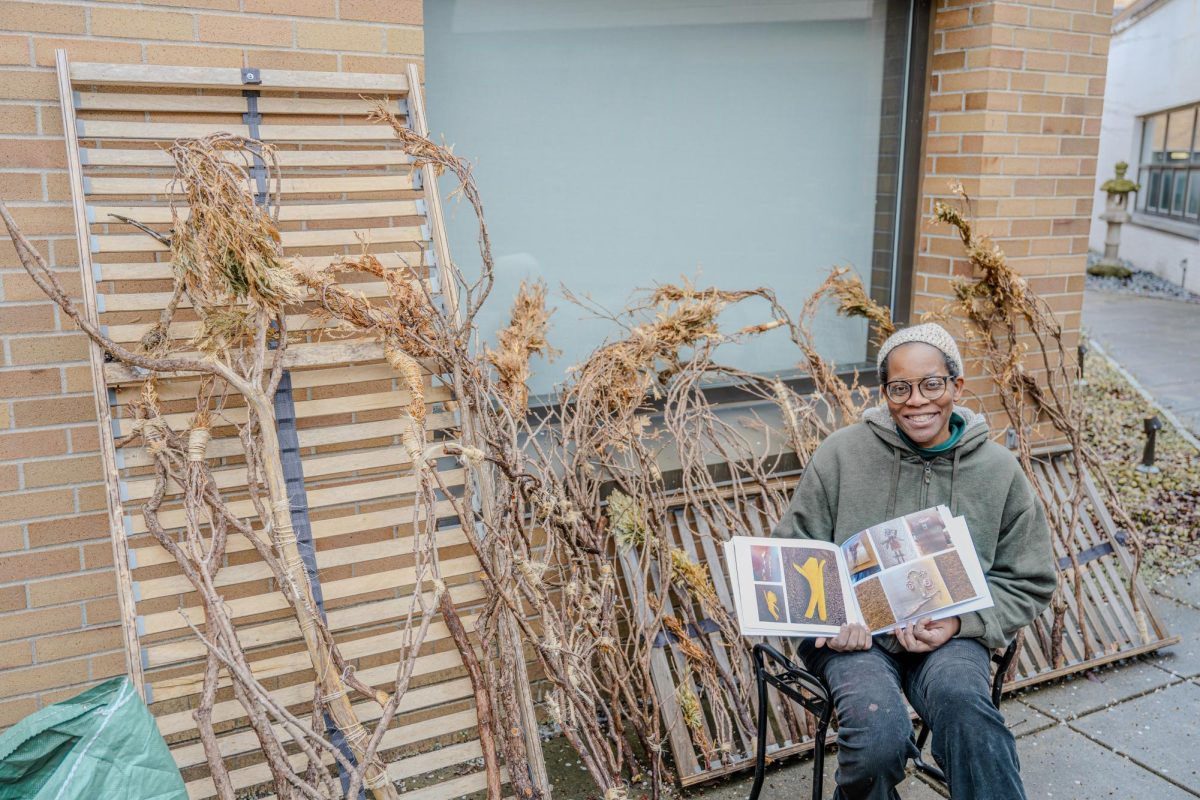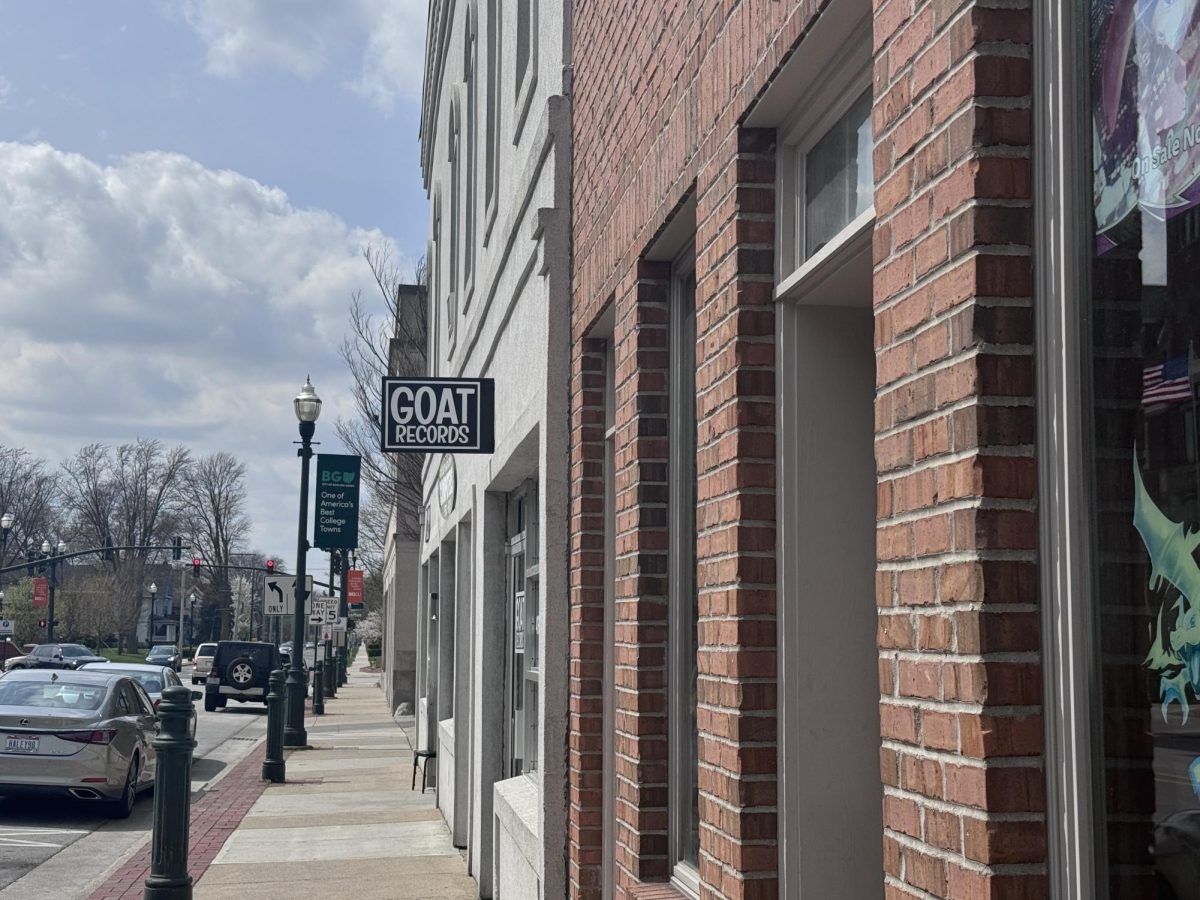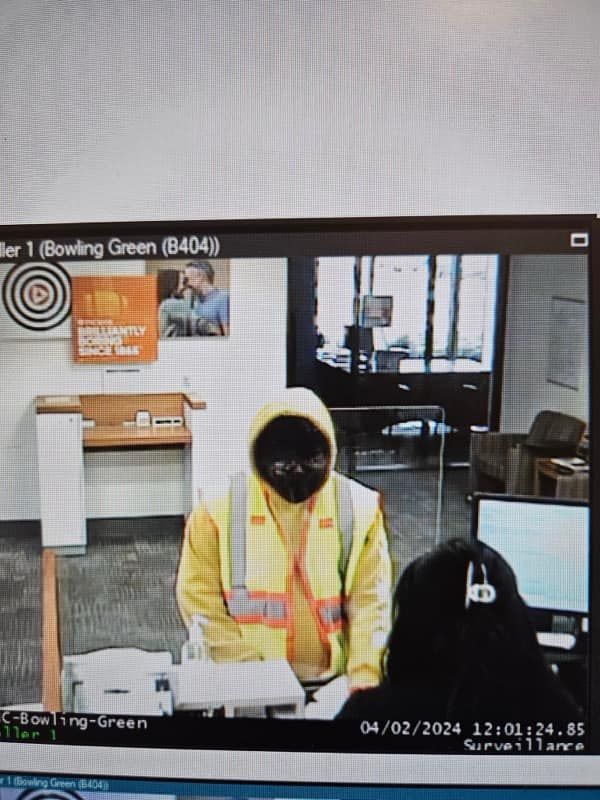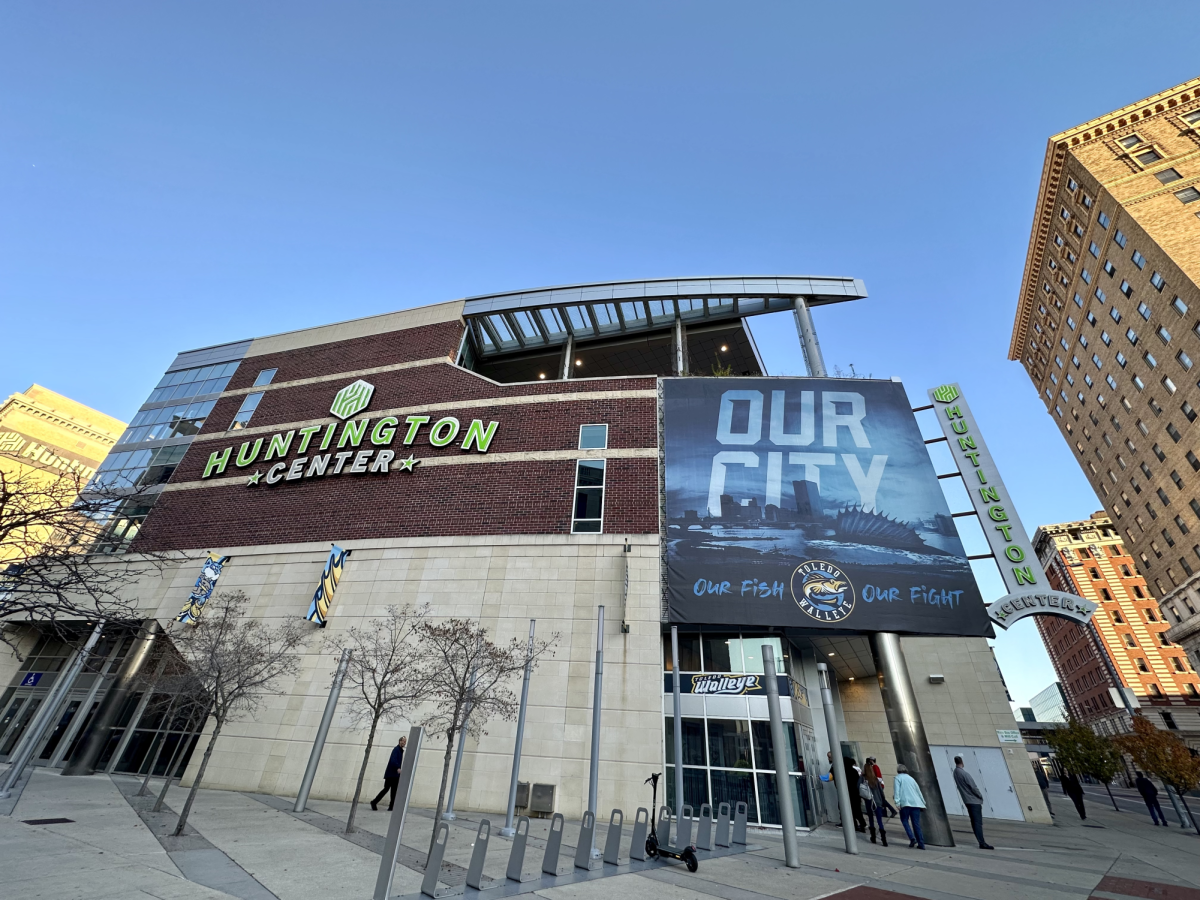Because of its history, the Wood County Historical Center is sometimes approached with a mixture of fear and curiosity.
Built in 1867, the museum started its life as an infirmary for the poor and ill, said Stephen Charter, head of the University’s archival collections.
There was also an “insane house,” a place for mentally ill patients to stay, which still stands today. It’s a small, two-story building with cramped cells for the patients.
“It used to be spooky,” Charter said. “I remember going out there when it wasn’t as well taken care of like now and it was kind of spooky.”
This atmosphere lends itself to the Halloween-themed tours the museum offers every October. Guests are taken through the museum and told scary and sometimes grisly stories about the building’s history.
One story involves guests seeing a bedraggled and emaciated man chained to a heater, only to disappear moments later. Others involve real, tangible events, such as one about a jar of fingers, which belonged to a woman who was murdered by her husband in Wood County during the late 19th century. The noose that hanged her killer sits next to the fingers.
The staff decorates the museum with items such as a table full of old dolls to add to the creepy atmosphere,
Director Dana Nemeth’s father helped restore the museum in the ‘70s and has a story of his own. He was a pharmacist and was delivering medicine in the early ‘70s when the building was still a home for the elderly.
“Everything was dark and they walked down the hallway towards the nurses’ station,” Nemeth said. “When [my father and a worker] got to the door, an old woman came out. My dad and his worker were startled. She kind of smiled and walked away. They turned around and she was gone.”
When they asked the nurses about the woman they said there was nobody of that description.
“I like to believe there are spirits here,” she said. “They like what we do here so they’re nice to us.”
The lunatic asylum was renovated 10 years ago for $100,000. In celebration of the anniversary, the museum is hosting an exhibit about the treatment of mental health problems in the 19th and 20th centuries. The exhibit features photos of abandoned mental hospitals in Ohio.
The asylum was only used for 10 years, Nemeth said, because Ohio passed a law requiring mentally ill people to go to state hospitals, not ones on the county level.
The site also had a farm when it was an asylum, Nemeth said.
“They tried to be self-sufficient so they weren’t a burden on the county,” she said. “So they raised their own food, their own livestock and if you were able-bodied you would help do the chores. It was thought working out here and living in the country would be therapeutic for people in less fortunate circumstances.”
The hog barn still stands on the grounds, but the cattle barn burned down in 1965.
The infirmary had its own cemetery, which still has its headstones standing. Charter said this was for families who couldn’t afford a burial or those who had no families.
At the end of its life, the building became a home for the elderly, but closed in 1971. It was going to be demolished but the Wood County Historical Society approached the county and made a deal to turn the site into a museum. The grounds are owned and maintained by the county and the items inside are owned by the historical society, Nemeth said.
The artifacts in the museum are often donated to the society, said Holly Hartlerode Uppal, the museum’s curator.
“[Objects] don’t always come to you in good condition,” she said.
Accepting donations involves paperwork and passing it through a collections committee. Not everything offered is accepted, Uppal said.
Accepted donations usually either have to be connected to Wood County or be relevant to a time period the museum is displaying, she said. For example, furniture from Chicago can be accepted if it fits the time period the museum is trying to portray.
Uppal said these objects are important to display because they give people tangible connections to the past.
“Everyone is connected to an object,” she said. “When you leave this Earth your objects are left behind. You can see [origins] through objects … that’s how you get people excited about history.”
























